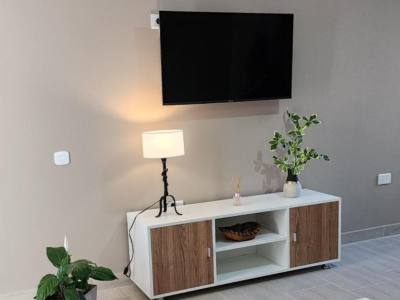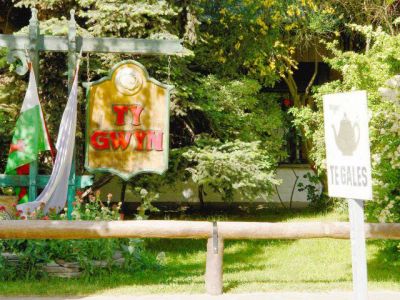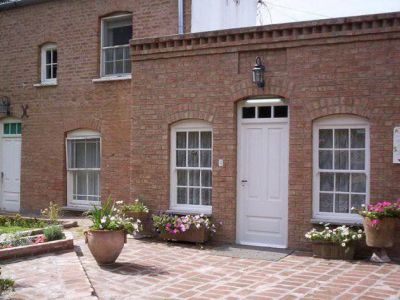Many of the typical constructions of Gaiman have become a cultural heritage and represent the idiosyncrasy of a town from afar and its links with the Argentine Patagonia. One of those buildings dates from 1910, one of the first two-story buildings that belonged to the family of Richard Nichols, a relevant character in the cultural events of Gaiman . Today is the Tehuelche-Mapuche Museum .
Gaiman Tehuelche-Mapuche Museum
Beyond this, his work on the settlement of Patagonia is very extensive and part of it can be known in the Gaiman Anthropological Museum . The name "Gaiman" means whetstone. It is a Tehuelche name and somehow marks the communion that existed with the original peoples. After a first distrustful encounter between the two cultures, little time passed to understand that they could live together peacefully and lead a beneficial and camaraderie relationship for both parties. A complementary economy and mutual education were ingredients of a fruitful relationship with close ties. Welsh colonization was one of the few that can be understood as peaceful. Newcomers saw their "brothers in the desert" in the Tehuelches. Thanks to them they were able to survive in an unknown and hostile territory and get ahead with the deed that involved their own identity. As thanks, they tried to intercede for the original peoples before the government when the Conquest of the Desert, but they also remained under the dominions of an overwhelming State. Today, the cultural house popularly known as Tehuelche-Mapuche Museum has technical-educational material to discover a reference light on the history of native peoples, their daily lives and their relationship with the Welsh colony that he found a place to found a new Wales beyond Wales , as invited by the preacher Michael Daniel Jones in the 1860s, considered one of the precursors of Welsh nationalism.
Miriam Coronel


















